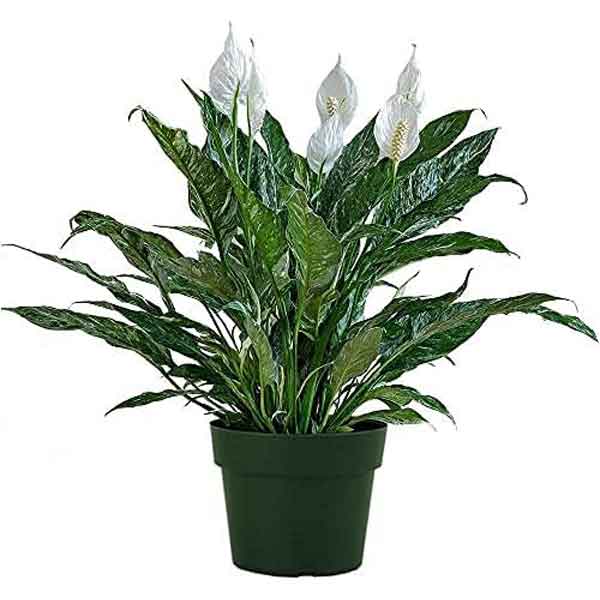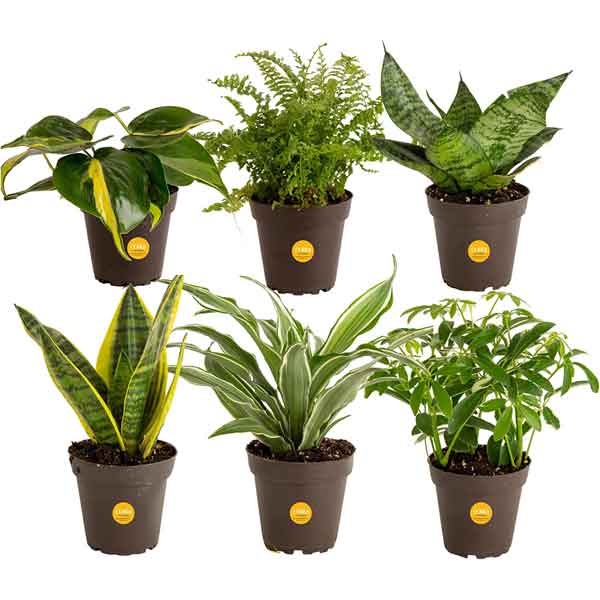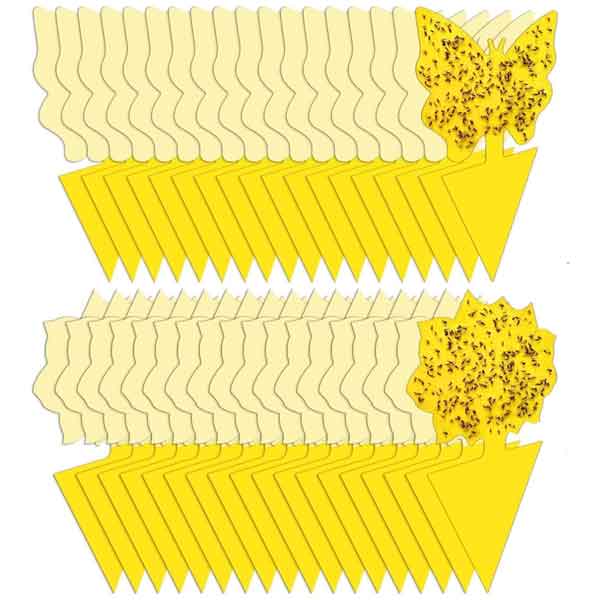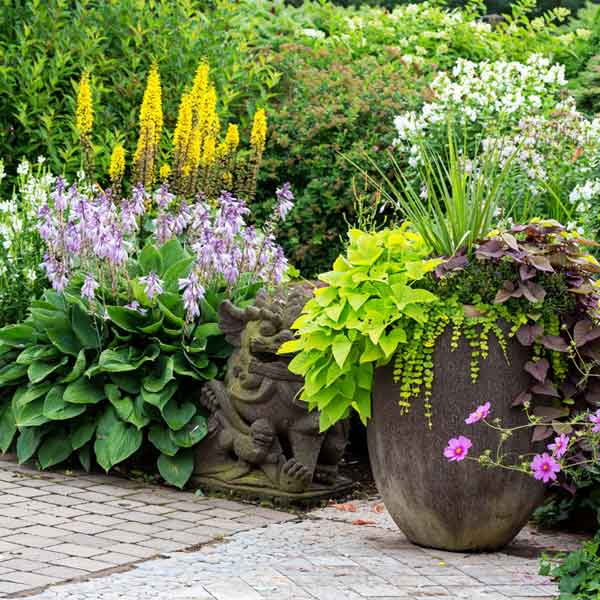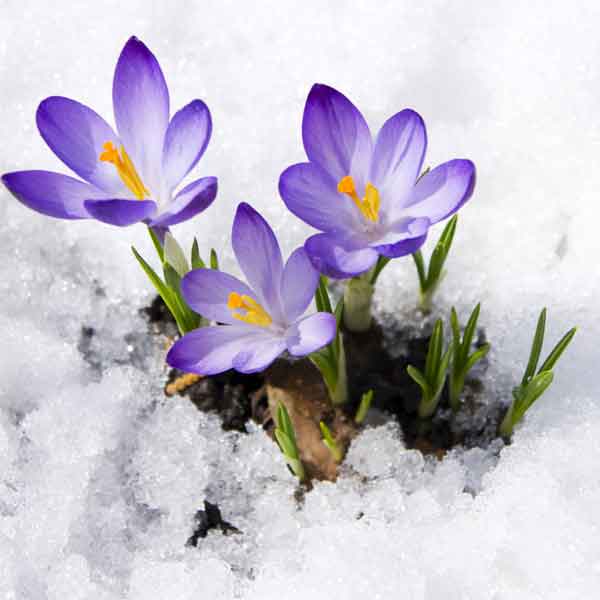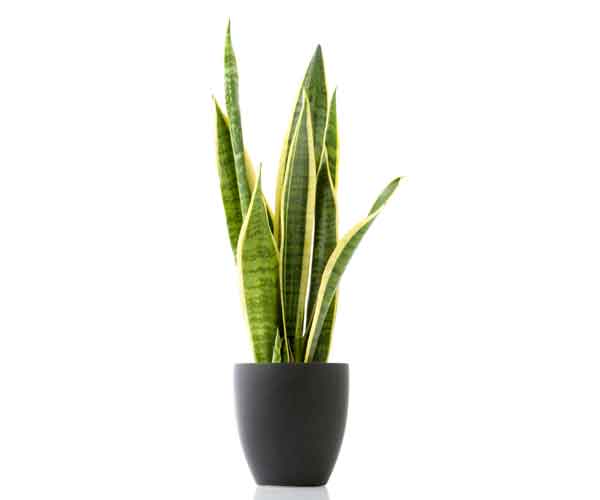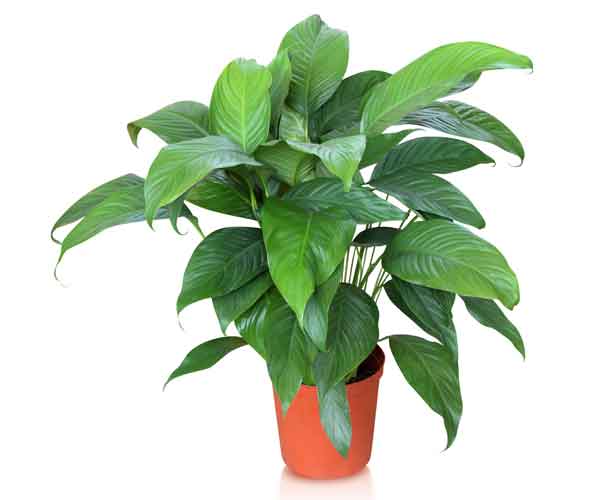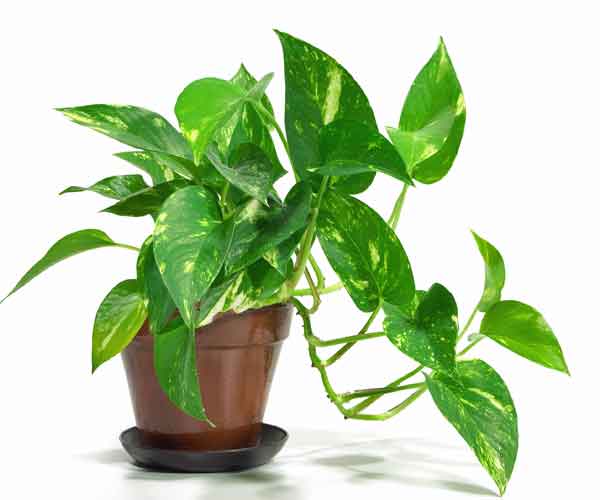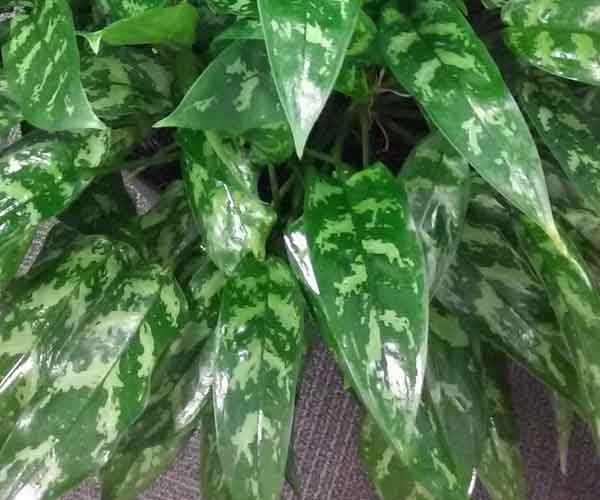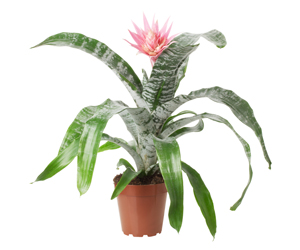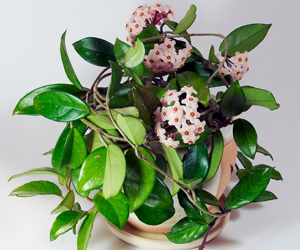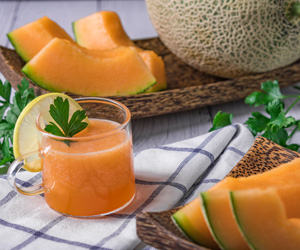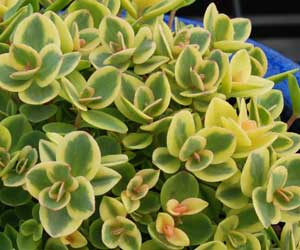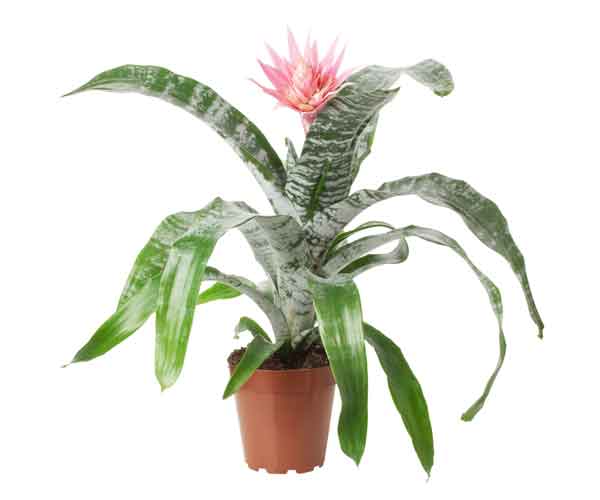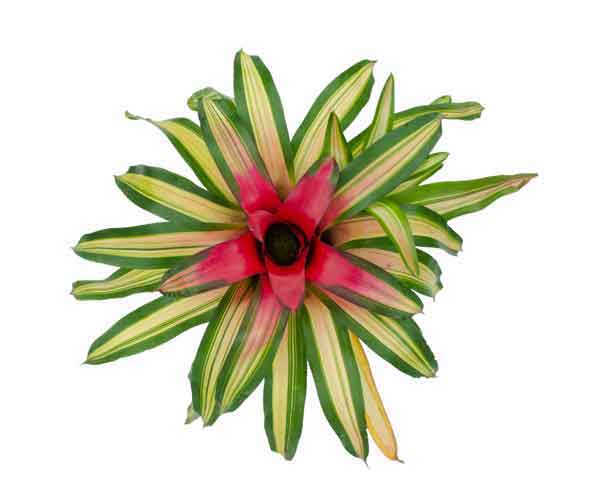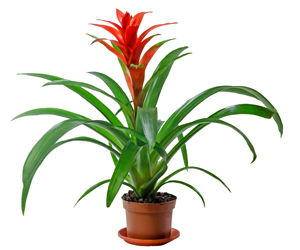Chinese Evergreen Plant Care
Houseplants & Flowers
One of the most commonly used interior landscape plants is the Chinese Evergreen or Aglaonema. Easy to care for, it can be maintained at the lower light levels often found in the home or office environment.
New varieties of this house plant are introduced quite frequently. Sometimes these new varieties of Chinese Evergreen are healthy and robust and sometimes they develop problems and production is ended.
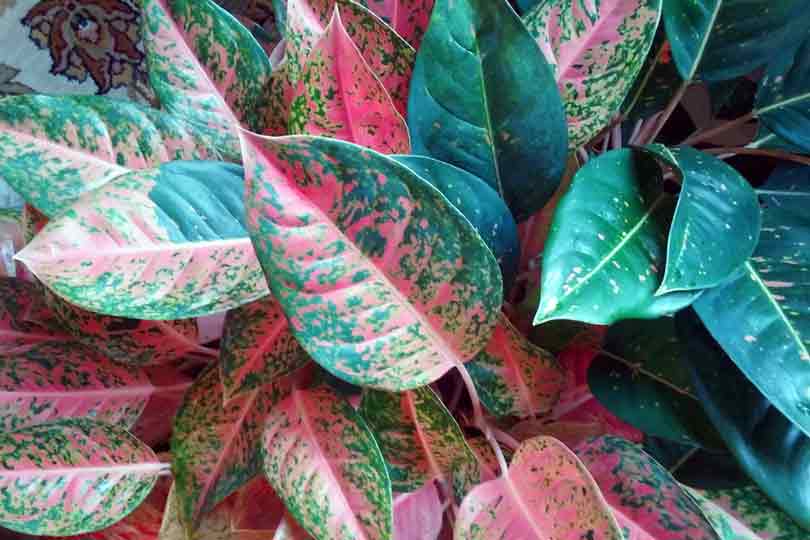
Chinese Evergreen Plant Care
There are many varieties of Chinese Evergreen plants and it can be hard to keep up with them all. At one point I counted 26 types available through the grower. Let me just say, that along with dracaena plants, Chinese Evergreen is one of the work horses of the interior landscape industry.
The most common varieties of Chinese Evergreen plant are the Aglaonema 'Emerald Beauty', also called 'Maria', Aglaonema 'Silver Queen' and the Aglaonema 'Silver Bay'. They have a bush-like or clumping growth and, depending on the pot size, can be from 8 inches to 4 feet tall.
Chinese Evergreen Plant Care Questions?
You can send a house plant question, free of charge, no sign ups required! Before you send a question, please read this page and further information on watering your indoor houseplants, how to help keep your house plant's root system healthy and lighting for your houseplants. These are most important for your house plant's health and this is some of the information I may refer you to if you send an email.
Lighting for Chinese Evergreen Plant
This is a great house plant for just about any location except full sun. Full sun, especially through glass, will scorch the exposed leaves. Chinese Evergreen plants will survive in low light but will become thin and leggy.
To keep your Chinese Evergreen plant looking as nice as possible, try to provide bright, diffused natural light or some artificial fluorescent lighting or grow lighting. The Chinese Evergreen plant will do quite well with just artificial lighting. For this reason, the Chinese Evergreen is ideal for use in professional office space.
Almost all varieties of Chinese Evergreen are variegated to some extent. Variegated types need more light than those with less variegation. Typically, the lighter the color of a plant, the higher the light levels it needs to maintain its color and variegation.
Ads By Google
Watering Chinese Evergreen Plants
If your chinese evergreen is in high light, you can allow the potting mix to dry down 1/2 to 3/4 of the way out before watering thoroughly. In a lower light situation, allow soil to dry almost completely between watering. Please read the section on watering for more on the most important part of your plant care.
Other Plant Care for Chinese Evergreen
There are a few problems you may encounter with this plant. Chinese Evergreen is prone to stem rot and root rot if over-watered. This is especially true if your Aglaonema is in low light. The light your plant receives is the biggest factor in determining the watering of your Chinese Evergreen.
Mealy bugs are one of the insect problems that you may have with Chinese Evergreen. An oval shaped, somewhat flattened body and six legs distinguish this insect, although they can appear to have more legs because of their "antennae" and "tails". If you are not sure what they look like, here is a picture I found of mealy bugs.
Home Garden Plants Flowers
Amazon Affiliate Links - May Earn Commission - Thanks!
They also have a fringe around the body. A waxy, protective substance covers the body of adults and egg sacs giving them a cottony appearance. Normally they are found in hidden areas, undersides of the leaves or in leaf axils. They also excrete a sticky substance called honeydew. Keep an eye out for this pest, especially when you first bring a new plant home from the store or nursery.
It is a good idea to treat any new additions to your plant family for a week or two with a spray mixture of water and rubbing alcohol followed with a wash down with mild liquid dish soap and water. Treat until run off, let dry then apply the second wash. You must be sure to hit the undersides of the leaves and the stems also. Never apply with the plant in the sun or when the soil is dry. Twice a week for two weeks and your plant should be safe.
When your Chinese Evergreen plant gets leggy and has lost many lower leaves, you can cut the stalk off above a leaf node. Cut a few inches above the soil level and the stem will put out some new shoots from the side of the stalk.
You can root the cutting in moist sand, using rooting hormone. Plant in potting media when the roots are a few inches long. You may need to support cutting with a small stake until the roots can do the job alone.
Thanks for visiting and come back soon as plant care information, pictures and more are being added all of the time. I hope that your indoor tropical house plants and all of your plants and flowers are happy, green and growing because that is why I started this site PlantAndFlowerInfo.com.
Ads By Google
Plants & Flowers
Easy House Plants
Home Gardening
Bromeliad House Plants
Social Media Pages
Plants Flowers
on Twitter
Tweets by plantcare2
PFI Facebook Page
Home and Garden
Houseplant Care Question?
Questions about your indoor house plants or plant care problems? You can send a house plant question, free of charge, no sign ups, registration or log in required!
Before you send a houseplant care question, please be sure to read this information on watering your indoor house plants, how to help keep your your indoor house plants root system healthy and lighting for your indoor house plants and flowers. These are most important for the health of your house plants and this is some of the information I will refer you to if you send an indoor house plant or flower care question.
You can post comments, find answers to plant care questions, or share some of your own plant wisdom on our plant care Facebook Page, Twitter page or visit my plant care blog. You can also find plant pictures, gardening ideas, and more at our plant and flower Pinterest page.
Thanks for visiting and come back soon as houseplant care information, pictures and more are being added all of the time. I hope that your indoor tropical house plants and all of your plants and flowers are happy, green and growing because that is why I started this indoor house plant and flower care website, PlantAndFlowerInfo.com.
Common House Plants Flowers Care Guide
Indoor Plants Pictures Names ⚘ Best Indoor Plants ⚘ Adiantum Fern Care ⚘ Aechmea Bromeliad Plant ⚘ Aglaonema Plant Care ⚘ Aglaonema Maria Plant Care ⚘ Aglaonema Silver Queen Plant Care ⚘ Aglaonema Silver Bay Plant Care ⚘ Anthurium Plants ⚘ Aphelandra Plant ⚘ Arboricola Plant Care ⚘ Aspidistra Plant Care ⚘ Asplenium Nidus Plant Care ⚘ Basic Houseplant Care ⚘ Birds Nest Ferns Plant Care ⚘ Boston Ferns Plant Care ⚘ Botanical Calendars ⚘ Bromeliad Plants ⚘ Build A Greenhouse ⚘ Buy Greenhouse ⚘ Buy House Plants ⚘ Cast Iron Plant ⚘ Chinese Evergreen Plant Care ⚘ Chlorophytum Plant Care ⚘ Codiaeum Houseplant Care ⚘ Corn Plant Care ⚘ Croton Plant Care ⚘ Devil's Ivy Plants & Care ⚘ Dieffenbachia Plant Care ⚘ Dracaena House Plant Care ⚘ Dracaena Janet Craig Plant Care ⚘ Dracaena Marginata Plant Care ⚘ Dracaena Warneckii Plant Care ⚘ Dumb Cane Plant ⚘ English Ivy Hedera ⚘ Ferns Plant Care ⚘ Ficus Trees Plants ⚘ Fittonia Plant Care ⚘ Flower Calendars ⚘ Heart Leaf Philodendron ⚘ Hedera English Ivy ⚘ How to Care for Marble Queen Pothos ⚘ Hoya House Plants ⚘ Lady Palm Plant ⚘ Lucky Bamboo House Plant Care ⚘ Maidenhair Ferns ⚘ Marble Queen Pothos ⚘ Marginata ⚘ Money Tree Plant Care ⚘ Mother In Law Tongue Plant Care ⚘ Names Pictures of Plants ⚘ Nephthytis ⚘ Norfolk Island Pine ⚘ Orchid Flowers ⚘ Palm Plants ⚘ Peace Lily Care ⚘ Philodendron "Brasil" Plant Care ⚘ Philodendron Cordatum ⚘ Philodendron Silver Care ⚘ Plant Calendars ⚘ Poinsettia Plant Flower Care ⚘ Pothos Plant Care ⚘ Rhapis Palm Plant Care ⚘ Sansevieria Plant Care ⚘ Schefflera Plant Care ⚘ Self-Watering Planters ⚘ Care of Silver Bay Plant ⚘ Snake Plant Care ⚘ Spathiphyllum Care ⚘ Spider Plant Care ⚘ Care of Syngonium Plant ⚘ Succulent Plant Care ⚘ Warneckii Plant Care ⚘ Weeping Fig Tree ⚘ Zebra Plant ⚘ ZZ Plant House Plant Care ⚘ Plant Links
Other Plant Flower Links
Best Indoor Plants ⚘ Indoor House Plants Pictures Names ⚘ Water Indoor Plants ⚘ Lighting Indoor Plants ⚘ Bonsai Plants ⚘ Common House Plants ⚘ Indoor Palm Plant Care ⚘ Orchids ⚘ Pets & Plants ⚘ Buy Tropical Orchids Orchid Care ⚘ Plant Flower Gifts ⚘ Buy Plants Flowers ⚘ House Plant Guide ⚘ How To Books ⚘ Flowers Plants Poster Prints ⚘ Orchid Art & Posters ⚘ Gardening Calendars ⚘ Greenhouse Books-Gardening
